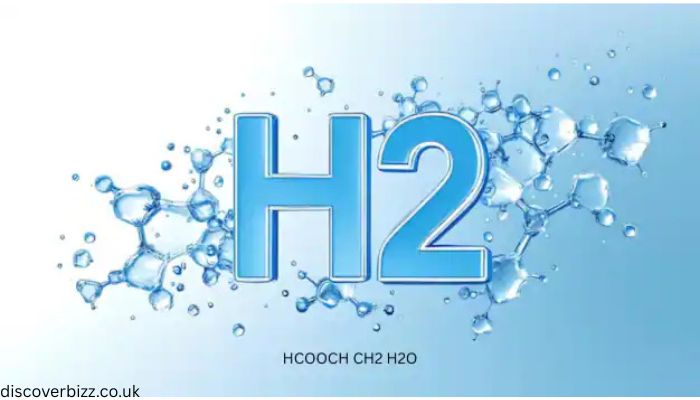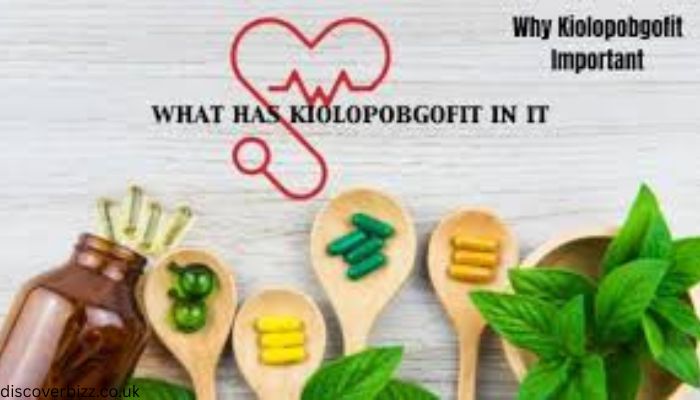Knowing HCOOCH CH2 H2O: A Better Understanding of Its Composition and Characteristics
HCOOCH CH2 A formate ester (HCOOCH), a methylene group (CH2), and water (H2O) combine to generate the molecule H2O.Its simple structure demonstrates strong chemical activity and practical value. When combined with an alcohol like methanol, it produces an ester, a compound used in chemical synthesis.
The ester group offers reactivity, flexibility, and ease of breakdown through hydrolysis. The methylene group acts as a molecular bridge, forming long carbon chains in polymer plastics and fuel. Its presence increases its adaptability in synthesis processes. Water, or water, serves as a solvent reactant or hydration agent, driving chemical reactions, supporting solubility, and regulating molecular stability. Its presence improves the reaction environment, particularly in hydrolysis processes, where it helps break down the ester into acid and alcohol.
Structure and Key Properties
Originating from the reaction between formic acid and alcohol, HCOOCH is used in various products like fuel adhesive and plastic. Its mild reaction properties make it useful in chemical synthesis and industrial processes.
CH2 units are the basic building block of larger compounds in polymer chemistry, allowing easier integration into polymers and organic frameworks. By serving as a solvent, reactant, and temperature regulator, the water molecule (H2O) increases the compound’s reactivity and improves overall efficiency.
The Significance of HCOOCH CH2 H2O in Chemistry
HCOOCH CH2 H2O is a crucial compound in chemical processes due to its predictable behavior and practicality in research and industrial work. It aids in organic synthesis by creating complex molecules with its ester group acting as a reactive site, methylene group providing structural support, and water enhancing reactivity.
This makes it valuable in pharmaceutical fuel coating and other applications. In green chemistry, it promotes safer and cleaner reactions, reducing waste and avoiding toxic byproducts. Its small, reactive, and low-toxicity components align with eco-friendly synthesis goals. The compound’s solubility enhancement allows it to dissolve well in polar solvents, resulting in smoother processes, higher yields, and easier product purification. Additionally, it allows controlled hydrolysis, allowing the ester group to break down into formic acid and alcohol, improving reaction efficiency and product purity.
Manufacturing of HCOOCH CH2 H2O
HCOOCH can be obtained through various synthetic routes, such as sterification reactions, hydrolysis of esters, and direct condensation. Esterification reactions involve reacting carboxylic acids with alcohol, while hydrolysis of esters involves starting from an ester and using water to produce the target compound and by-products. HCOOCH CH2 H2O may also be formed by direct condensation employing techniques such as Michael additions or other substrate-specific processes.
HCOOCH CH2 H2O: Mechanism of Reaction
• Protonation of Ester: An acid protonates the oxygen atom of the carbonyl group, increasing its electrophilicity and attractiveness to nucleophilic attack.
• Nucleophilic Attack by Water: A water molecule attacks the protonated carbonyl carbon, forming a temporary tetrahedral intermediate.
• Rearrangement and Bond Cleavage: A proton transfer within the intermediate facilitates the cleavage of the ester bond, releasing methanol as a byproduct.
Factors Influencing the Reaction
Acidic Catalysts in Reaction
• Acidic catalysts like sulfuric acid accelerate reactions by protonating the ester.
• Excess water can drive product formation.
• Le Chatelier’s principle suggests removing a product shifts equilibrium.
Because acidic hydrolysis is easier and the product separation is cleaner, it is recommended.
Conclusion
The hydrolysis of methyl formate into formic acid and methanol is a crucial process with numerous applications in industrial chemistry. It requires understanding the reaction mechanism, optimizing conditions, and ensuring safe practices for efficient production, showcasing the power of chemistry in solving real-world challenges in both laboratory and large-scale production. Read More








Post Comment